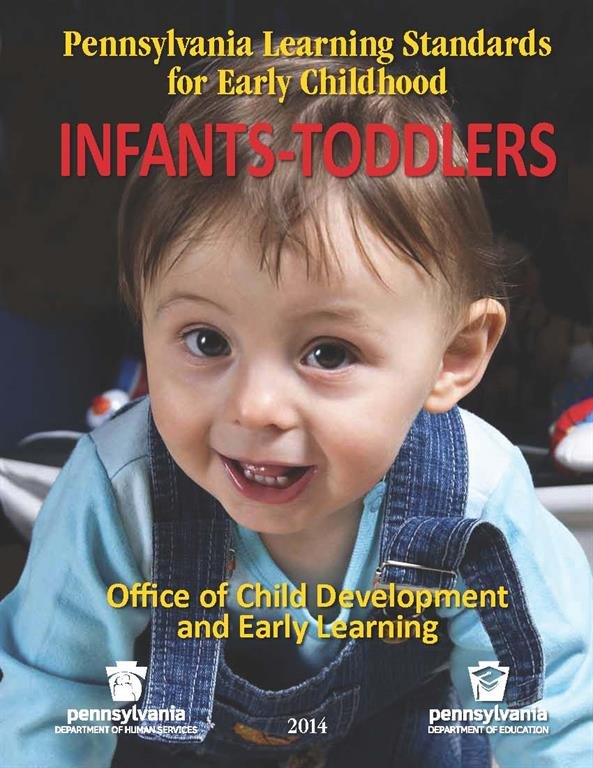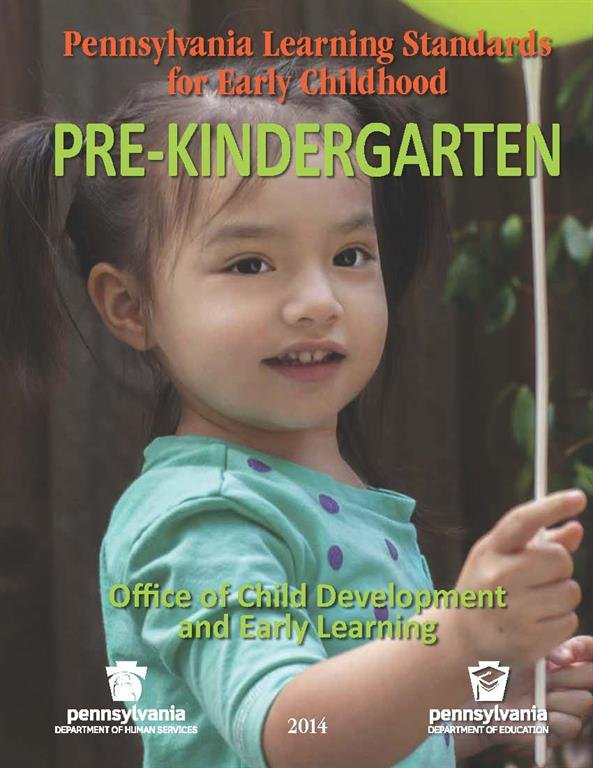Early Childhood Mental Health: It’s STANDARD in PA!
There is a lot of concern in the early childhood community about the decline in play and the diminished focus on social and emotional development in early learning environments. I share this concern. My research on the relationship between social and emotional development in young children and their later physical, cognitive and mental well-being (see here and here, for example)has made me even more passionate about the need to preserve play and relationship-based early education.
BUT: I am not going to point the finger just at NCLB or Common Core. Pennsylvania’s Learning Standards for Early Childhood were recently aligned with the state’s Common Core Standards for K-12. They are RICH with standards that promote resilience, executive function, self-regulation and healthy social and emotional interactions.
So why are teachers, and parents, so focused on just the Literacy and Math and Science standards? I believe it is because they are not aware of 1) the importance of early childhood mental health as a predictor of later academic and life success; and 2) the existence of these “forgotten” standards.
To that end, I am planning a social media campaign on Facebook, Pinterest and Twitter, as well as through this blog, that will highlight the many standards that truly develop those parts of the brain we need to stay emotionally healthy and socially competent throughout our lives. With the 2014 Standards a requirement for all PA STARS childcare/education facilities as of July 1, 2015, the time is now to start playing with them and discovering their hidden treasures!
I am targeting early childhood teachers, administrators, and parents. The number one reason teachers give about why they don’t include more play in their preschool and kindergarten classrooms is: “The parents demand “real” work!”
We know that all families want the best for their children. I think that if parents and educators better understand that those discussions over who is going to be the princess and who is going to be the puppy in the dramatic play area address multiple learning standards AND may serve as protective factors for later substance use, depression, and anxiety disorders, they will be more on board with facilitating the deep learning that comes with play.
Facebook is a great forum because it is so widely used by individuals, schools and community organizations. We “like” and share visual images, and let’s face it: children doing interesting things are right up there with kittens as viral material! It is my hope that if people find the images compelling, they’ll think about the standards and the overarching message: that early childhood mental health is the same as early childhood social and emotional development and…that it’s “standard” in PA.
Pinterest is another social media platform that is well suited for images with text. Many teachers use Pinterest for lesson planning and I’ve discovered that my most frequently re-pinned images are those having to do with mental health.
Finally, there’s Twitter. I must admit: I’m not much of a tweeter. The 140 character limit makes it a challenge for me! But I recognize that many people DO tweet, especially younger people and…policy makers. Ultimately, it’s important that this message gets to them as well. Plus: with these photos, all I have to do is add the hashtag #ECMHisStandardinPA, and the character restriction is a non issue!
Each of these forums has advantages, and disadvantages. Perhaps the biggest disadvantage is that like anything in social media, the images need to be captivating, and current, and frequent, in order to go viral. They should also represent a wide variety of ages and cultural, linguistic and ability backgrounds to be meaningful. I am hoping to recruit others to help me both gather images and pick up the idea and fly with it.
There are the technical issues as well: I’m pretty sure that all pins have to be part of a website (so..this blog), and I’m not sure if photos that are tweeted can be memes (i.e. have text on them), or if photos like that even get “re-tweeted.”
I have decided to add a copyright notice to the bottom of photos, not to protect my own rights to the idea (it’s supposed to go viral, after all!) but to protect the kind parents and children who have given me permission to use their photos in this campaign (yes, written permission has to be obtained for each of these…).
Finally, there’s the bigger issue with using social media: does it trivialize the important issues? Certainly, different groups of people use social media for different purposes, and there are many advocates and activists who use it to effect social change. But there are also those who will like and share because they are entertained, and who may not even pay attention to the standard, or the message of early childhood mental health. Would this be different if I put a website or phone number or email address related to the Early Childhood Mental Health Consultation Project in PA on the memes? I don’t know…
I look forward to your thoughts and…if you have any pictures of children playing that you’d like to share with the world for a worthy cause…







